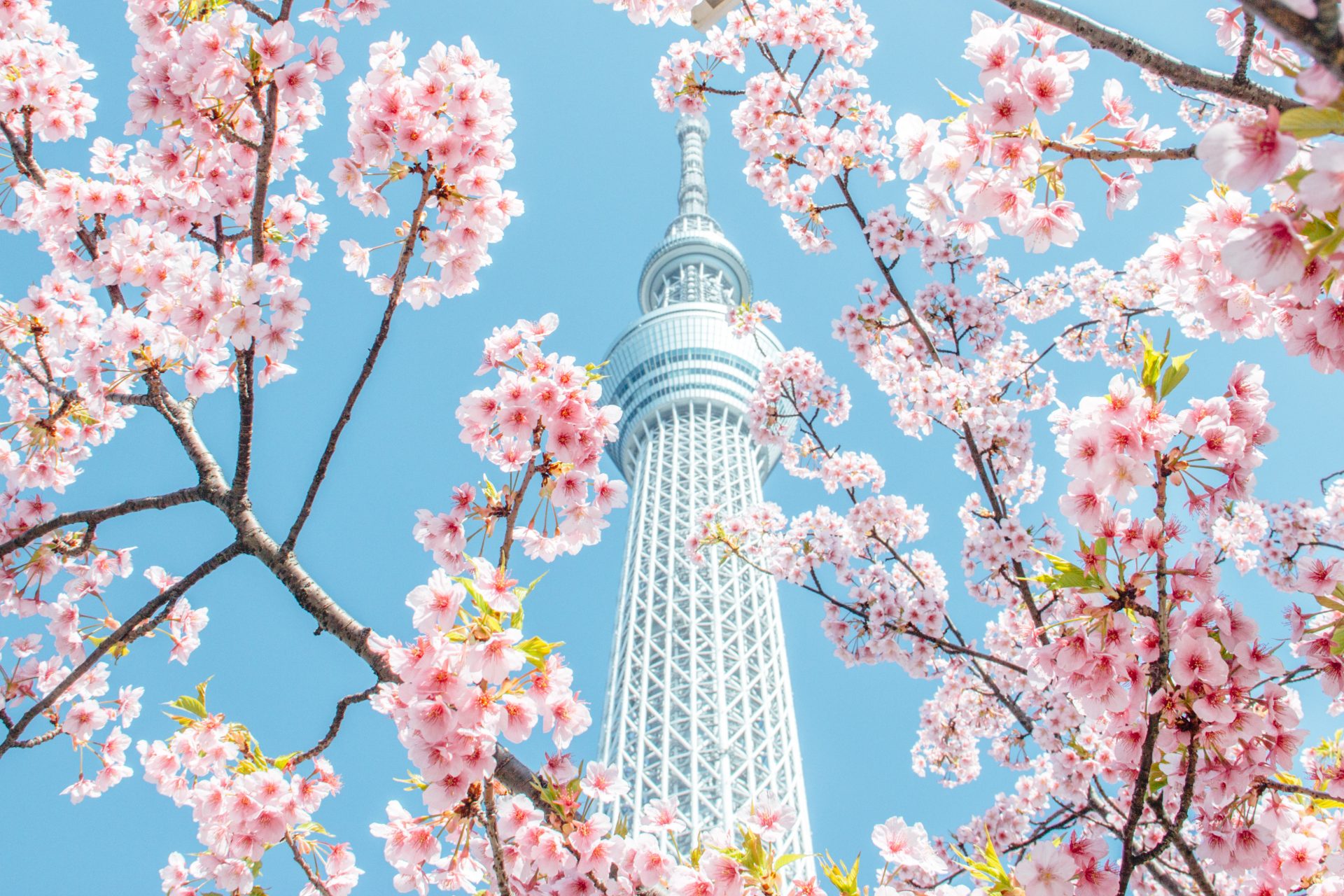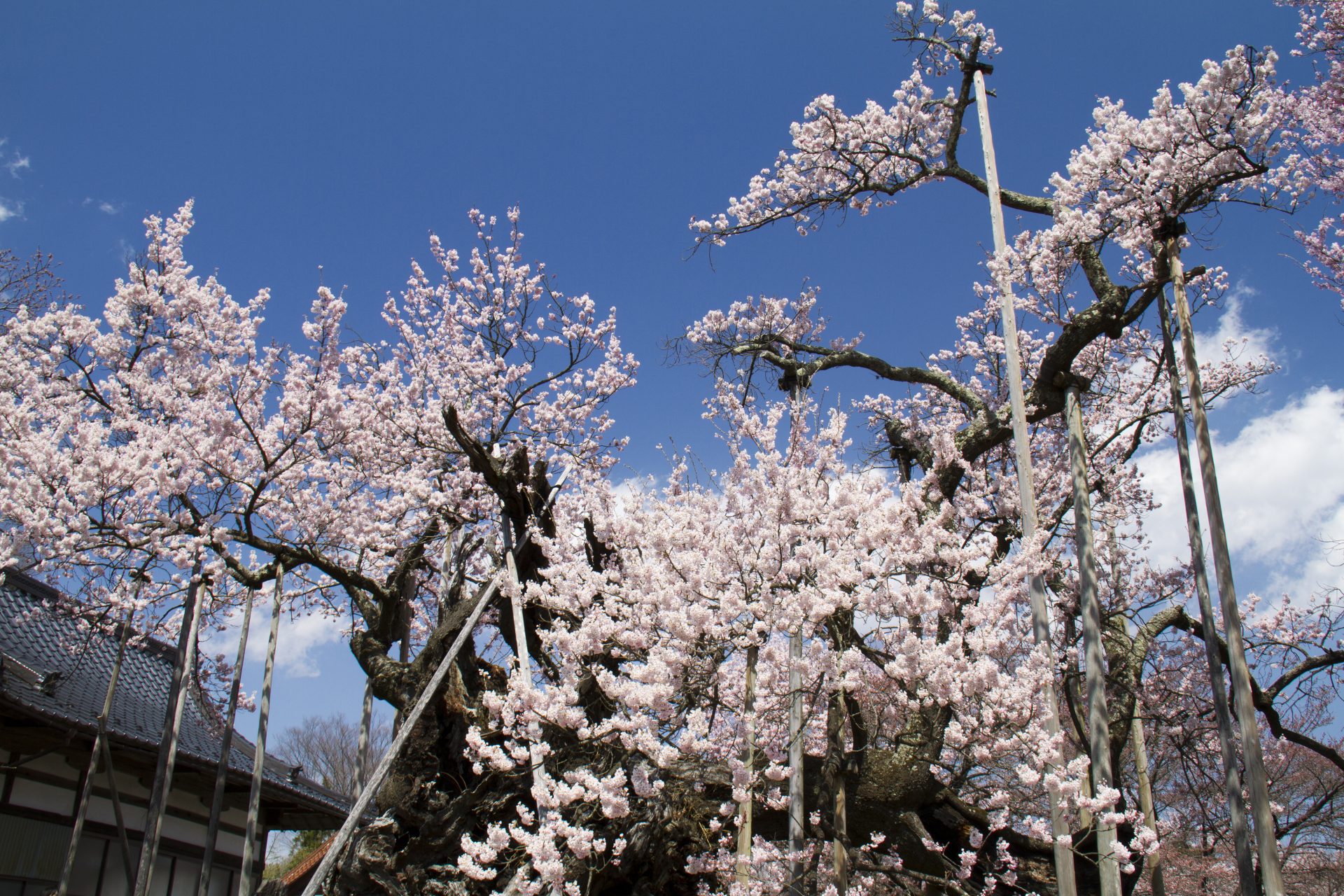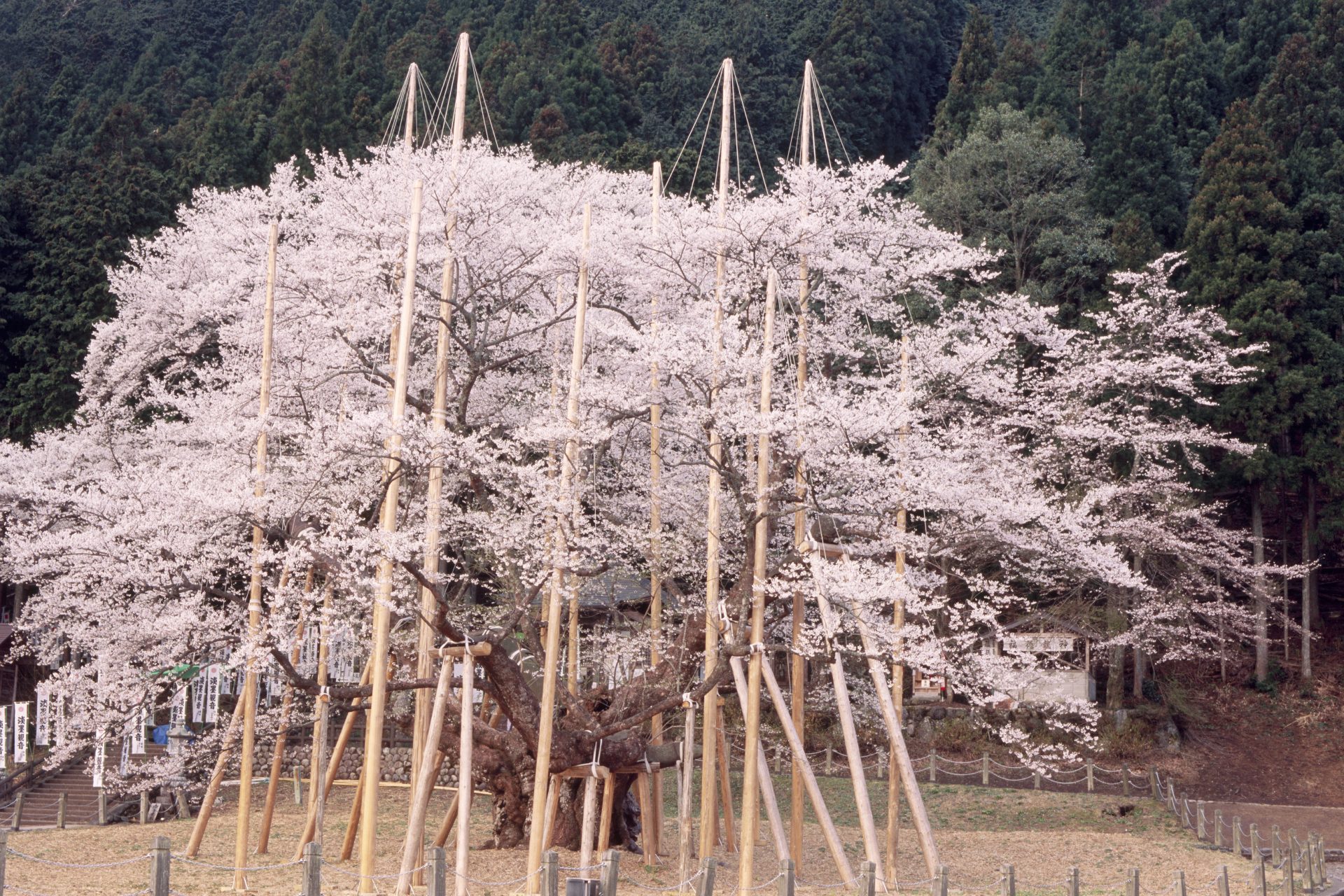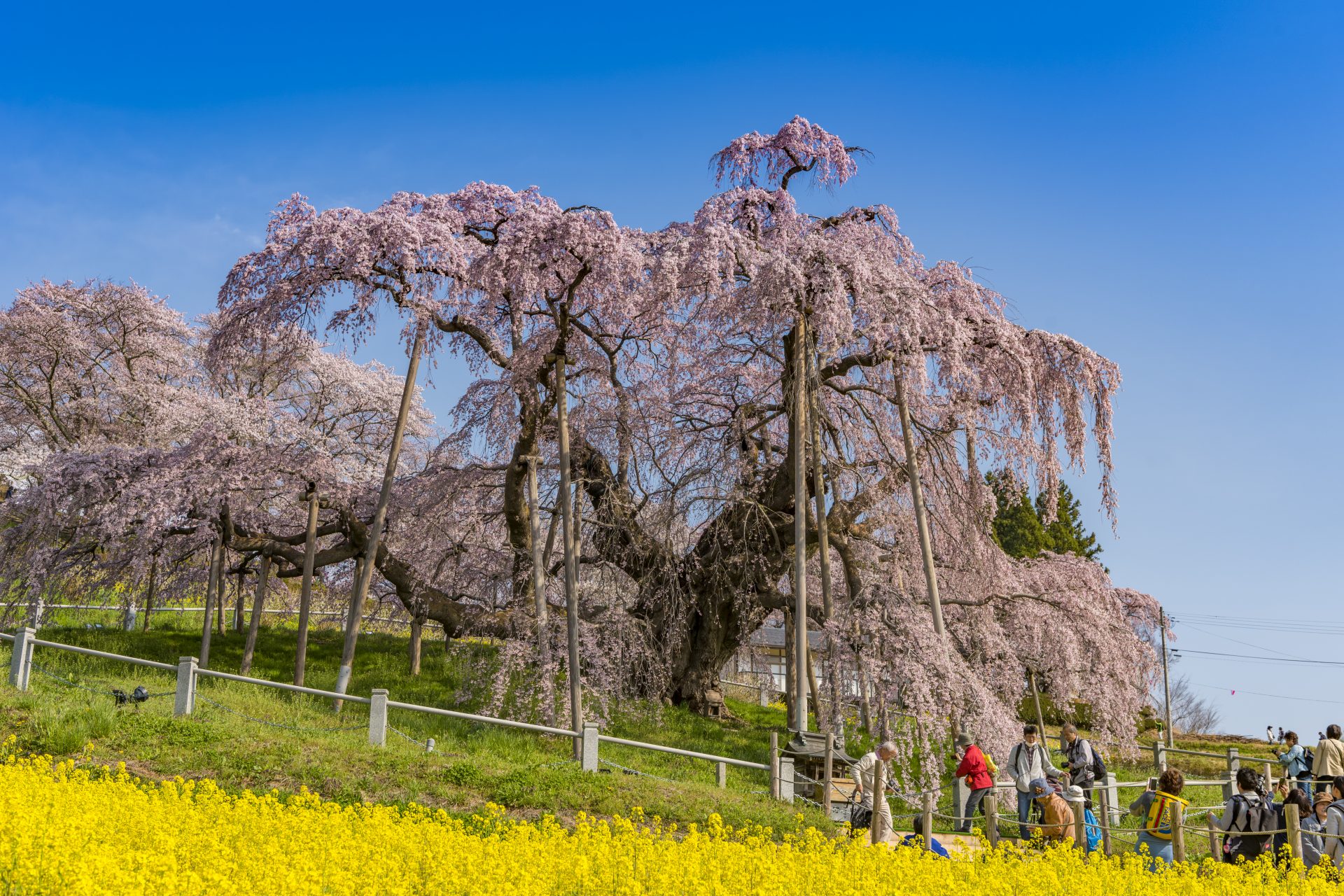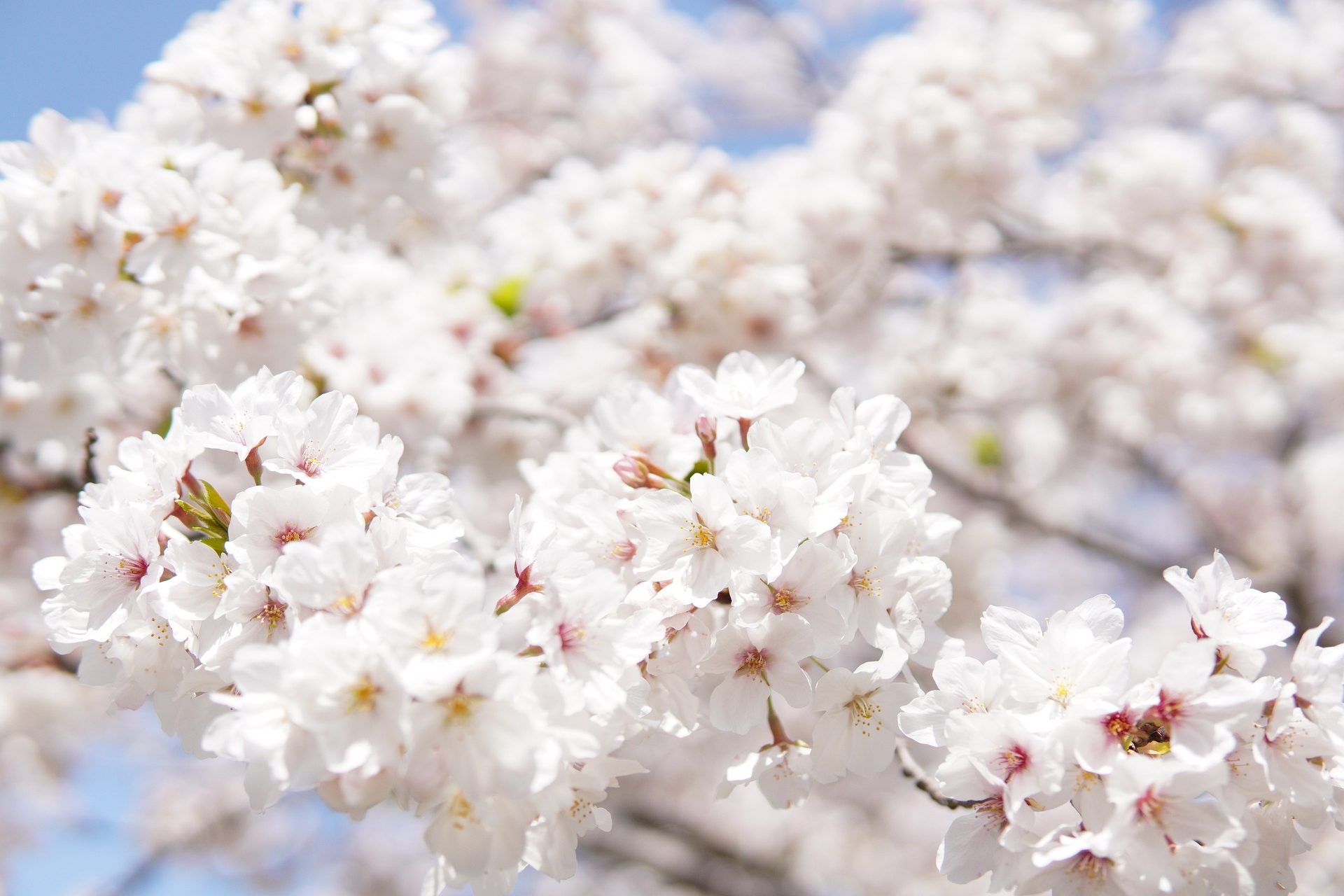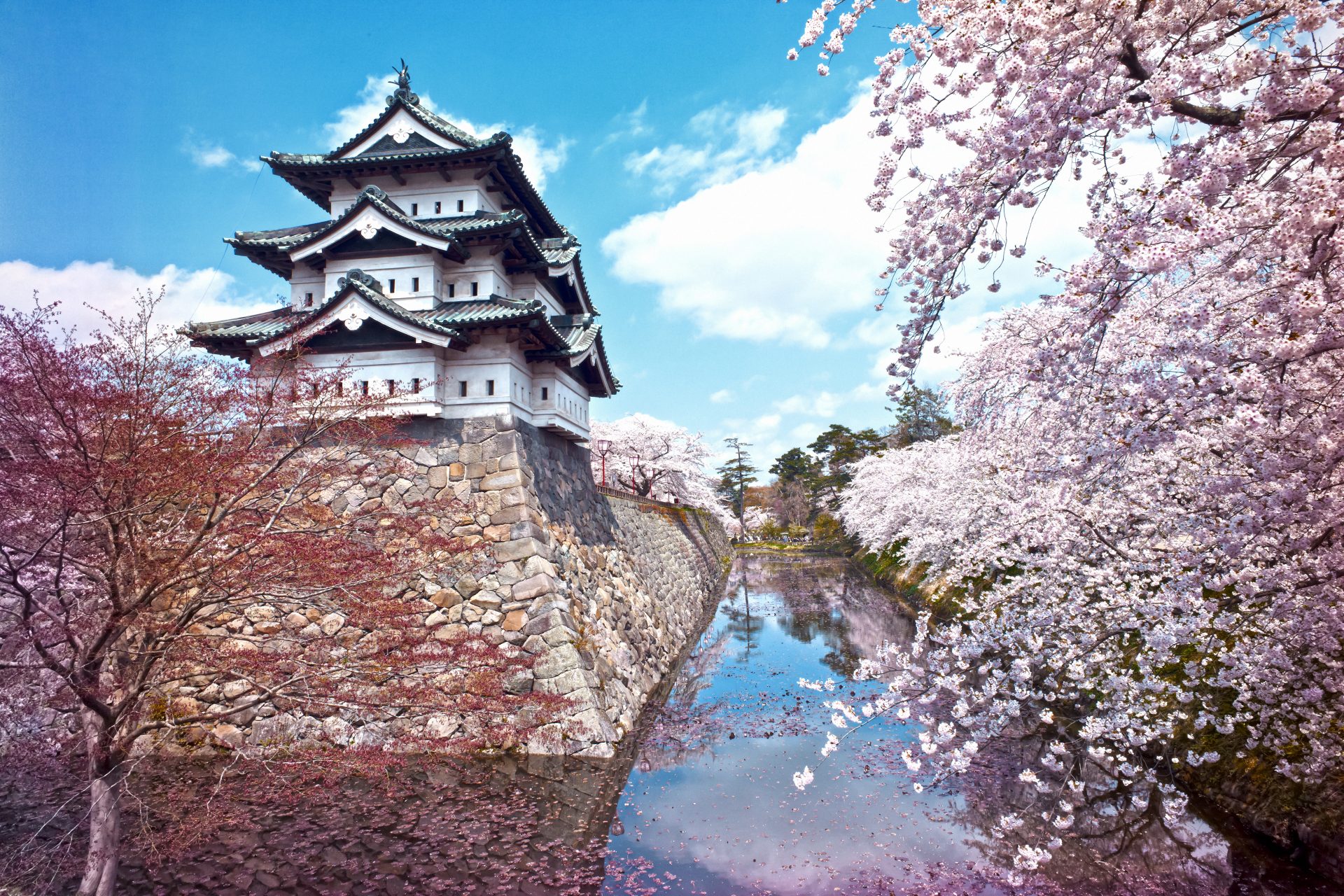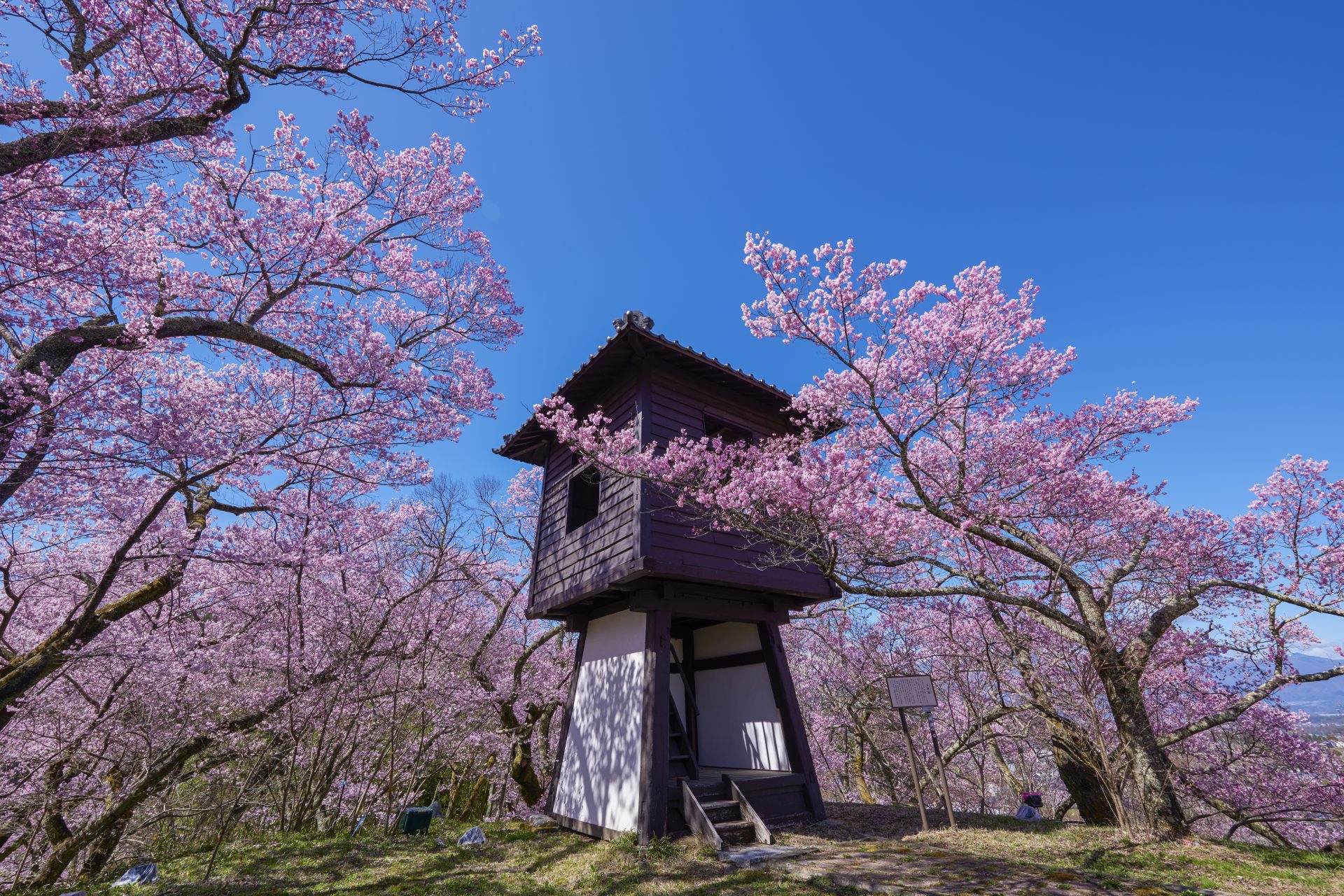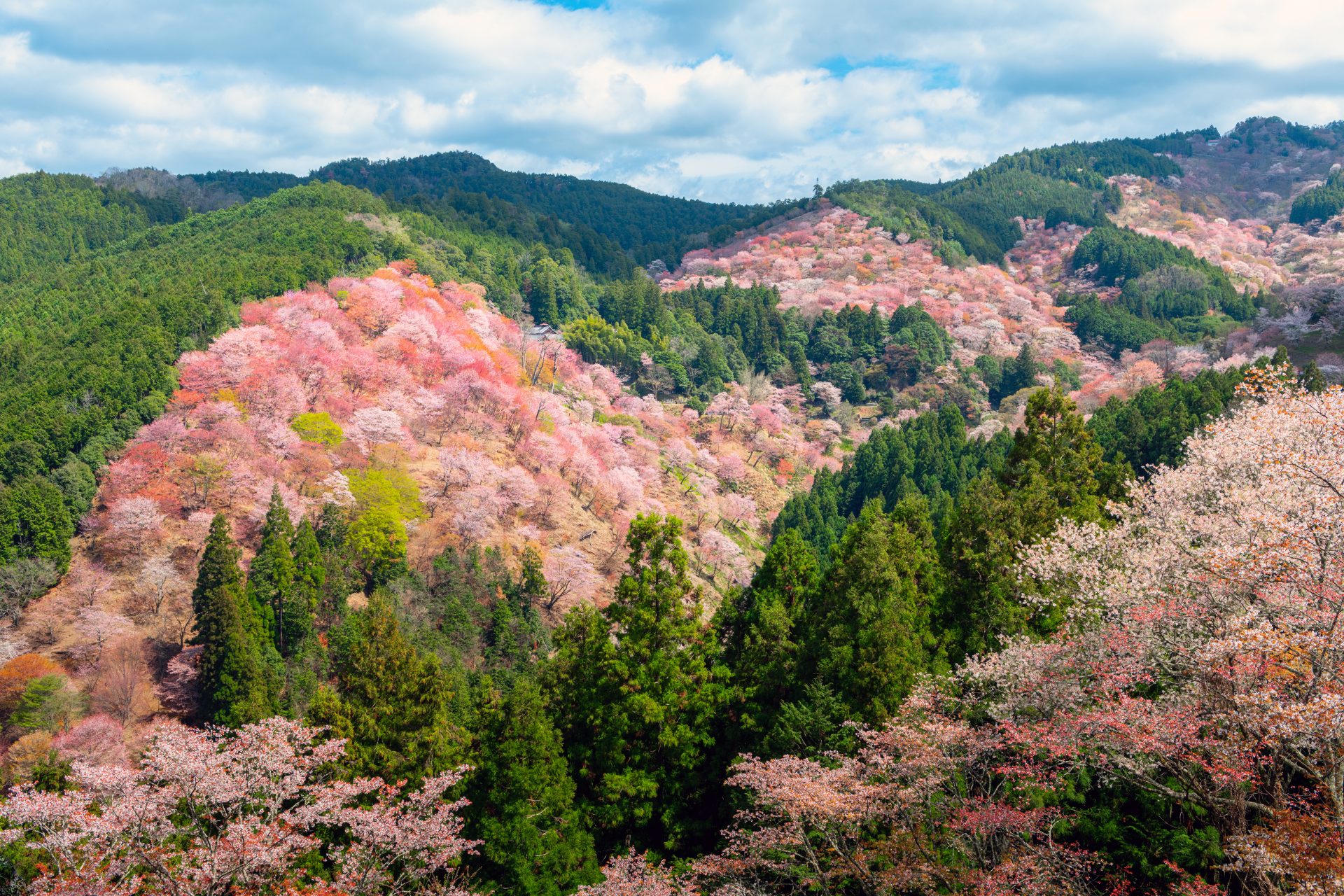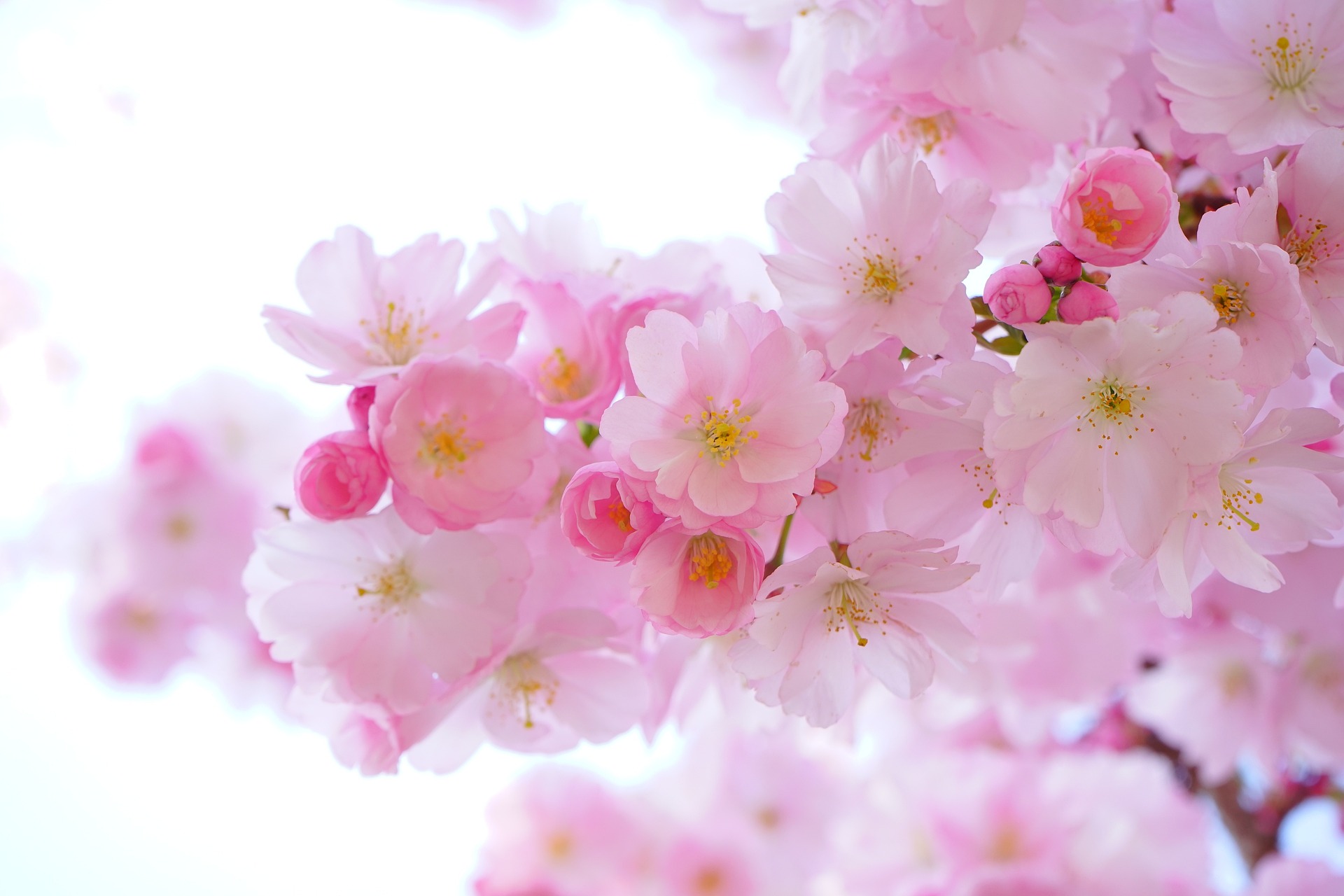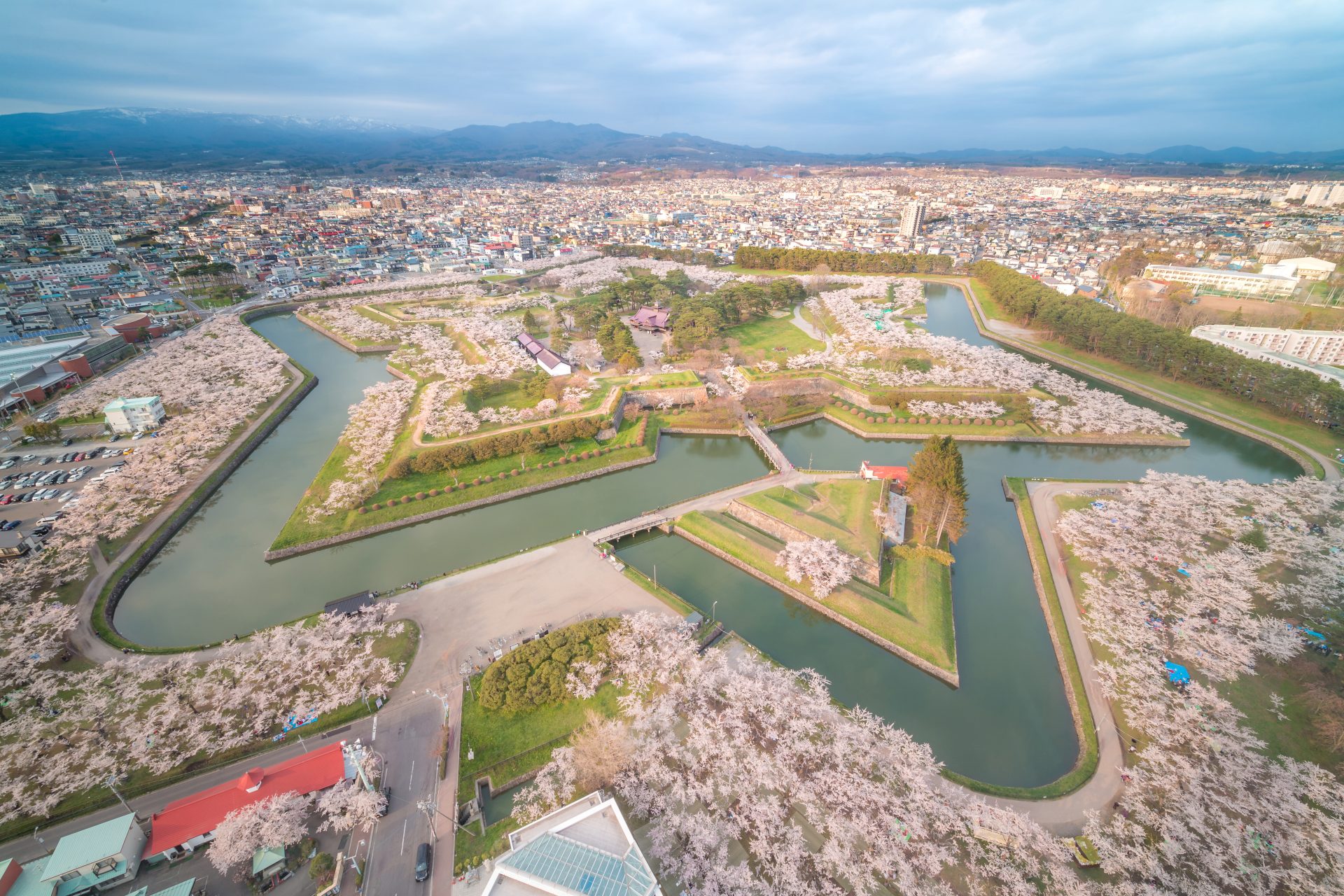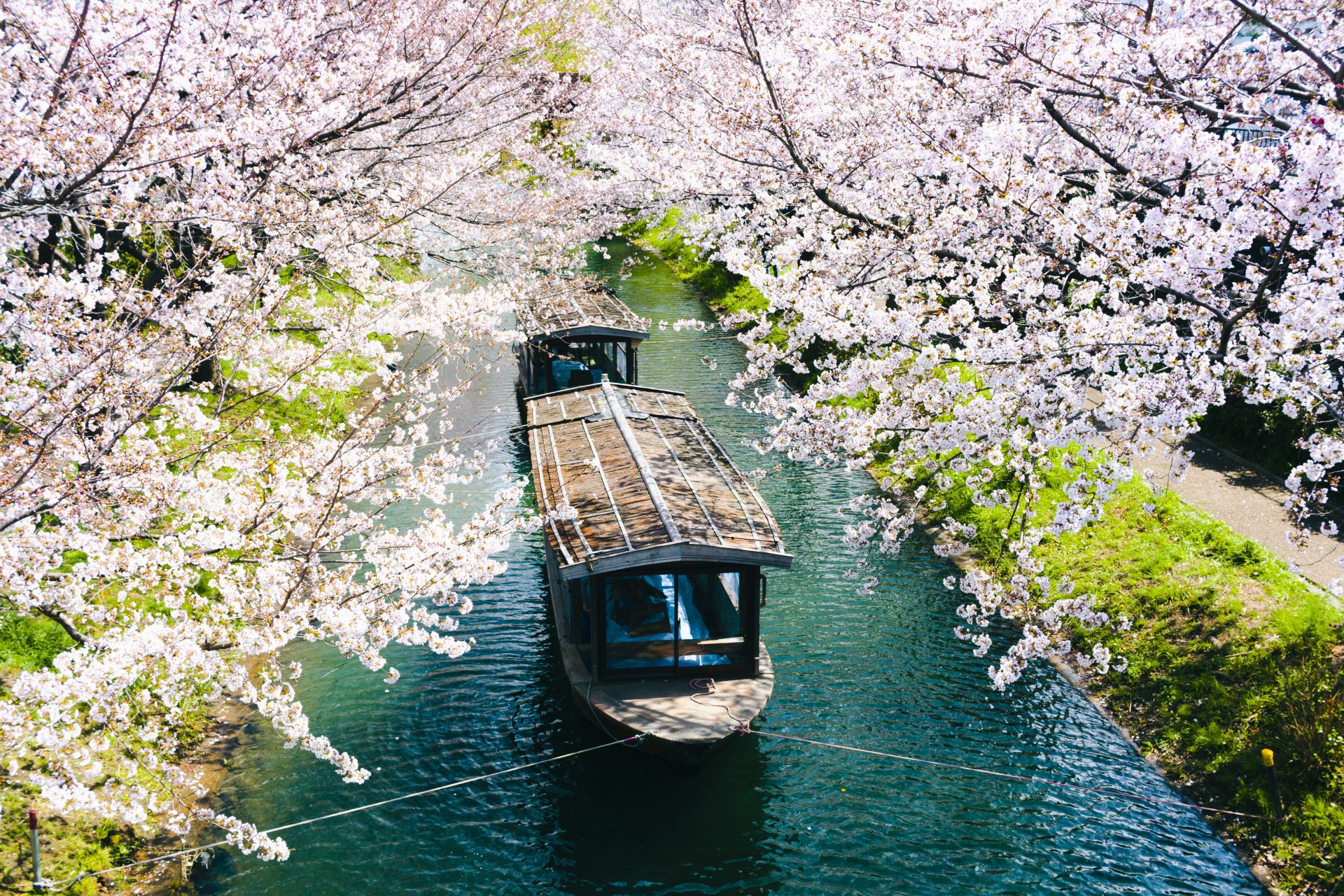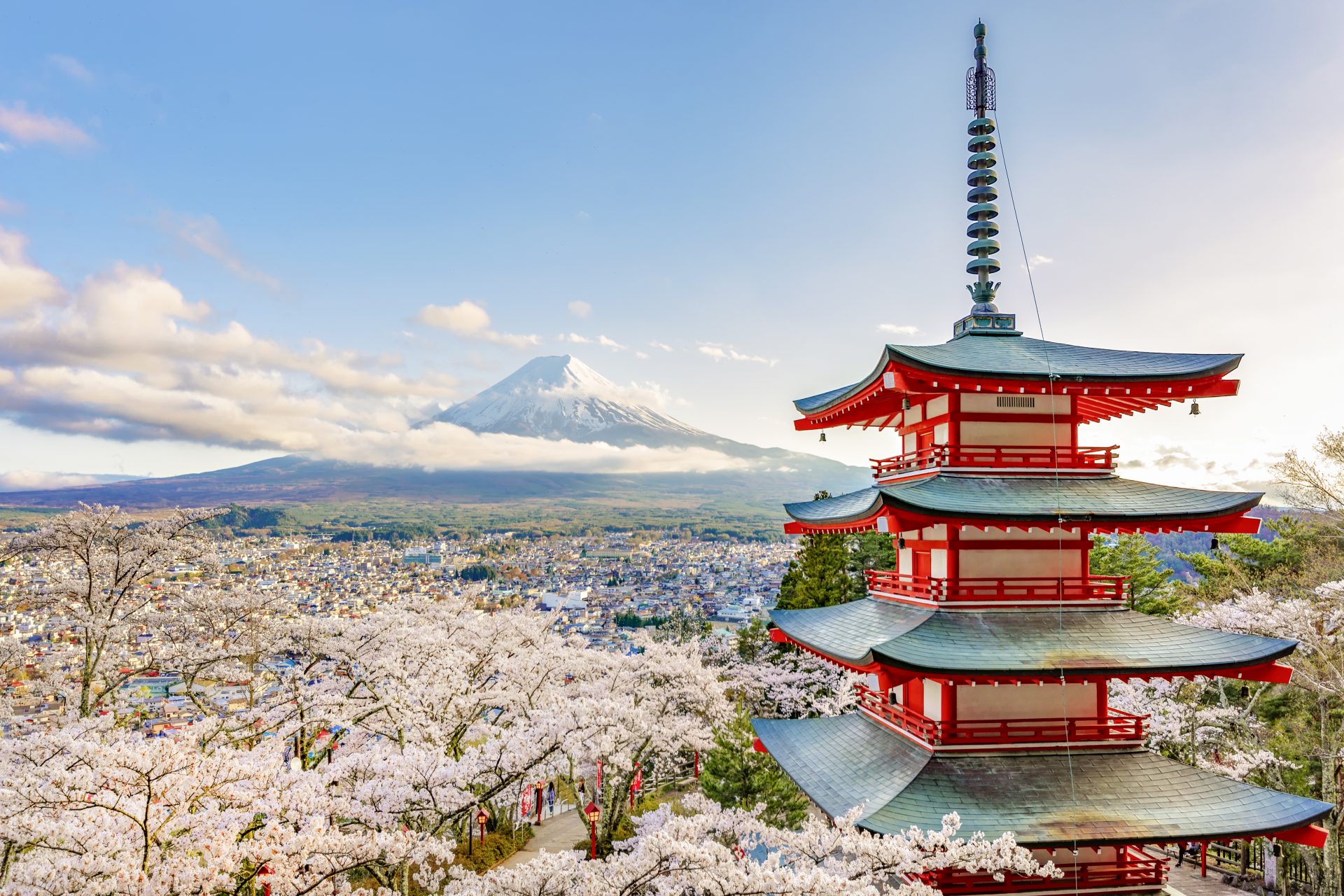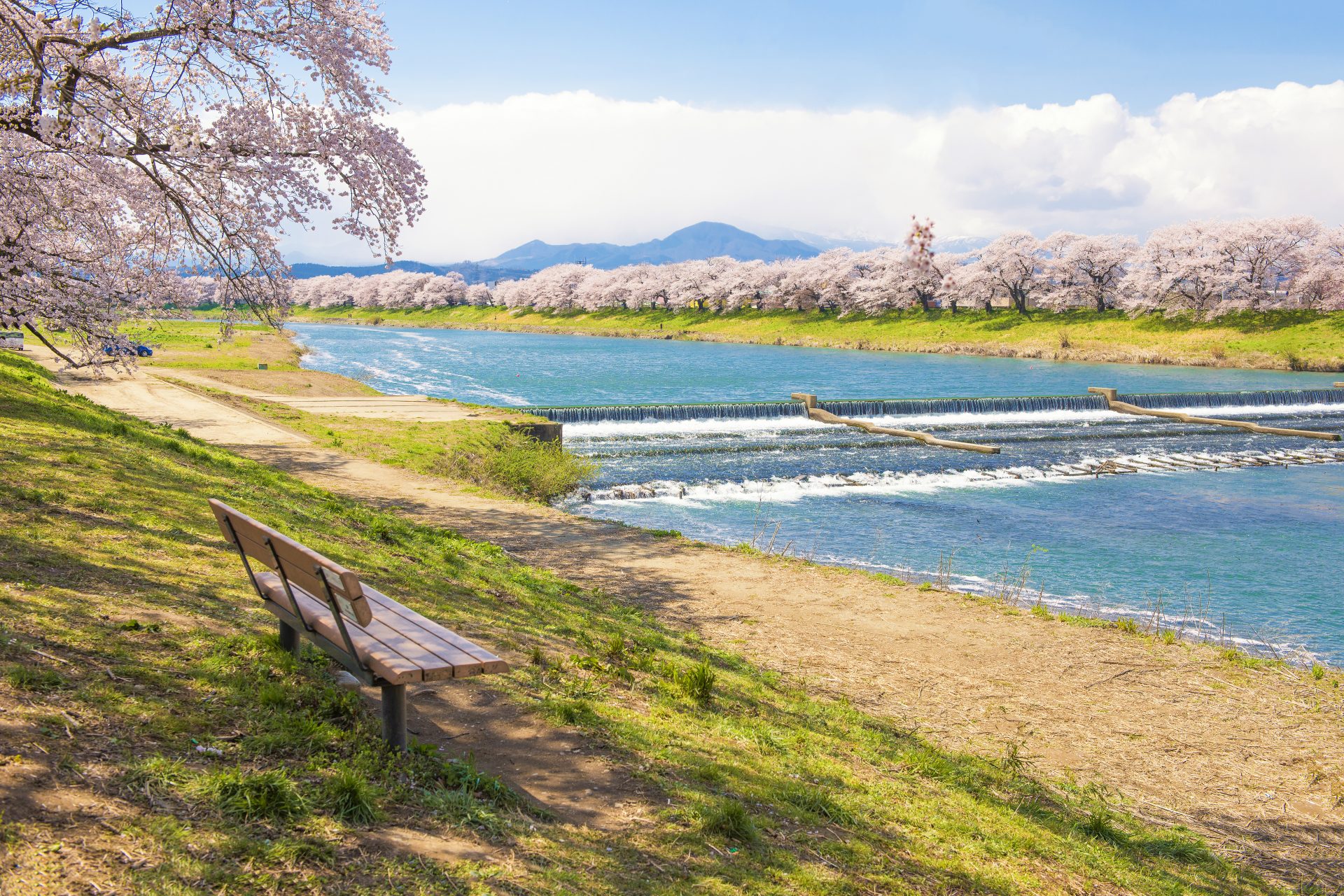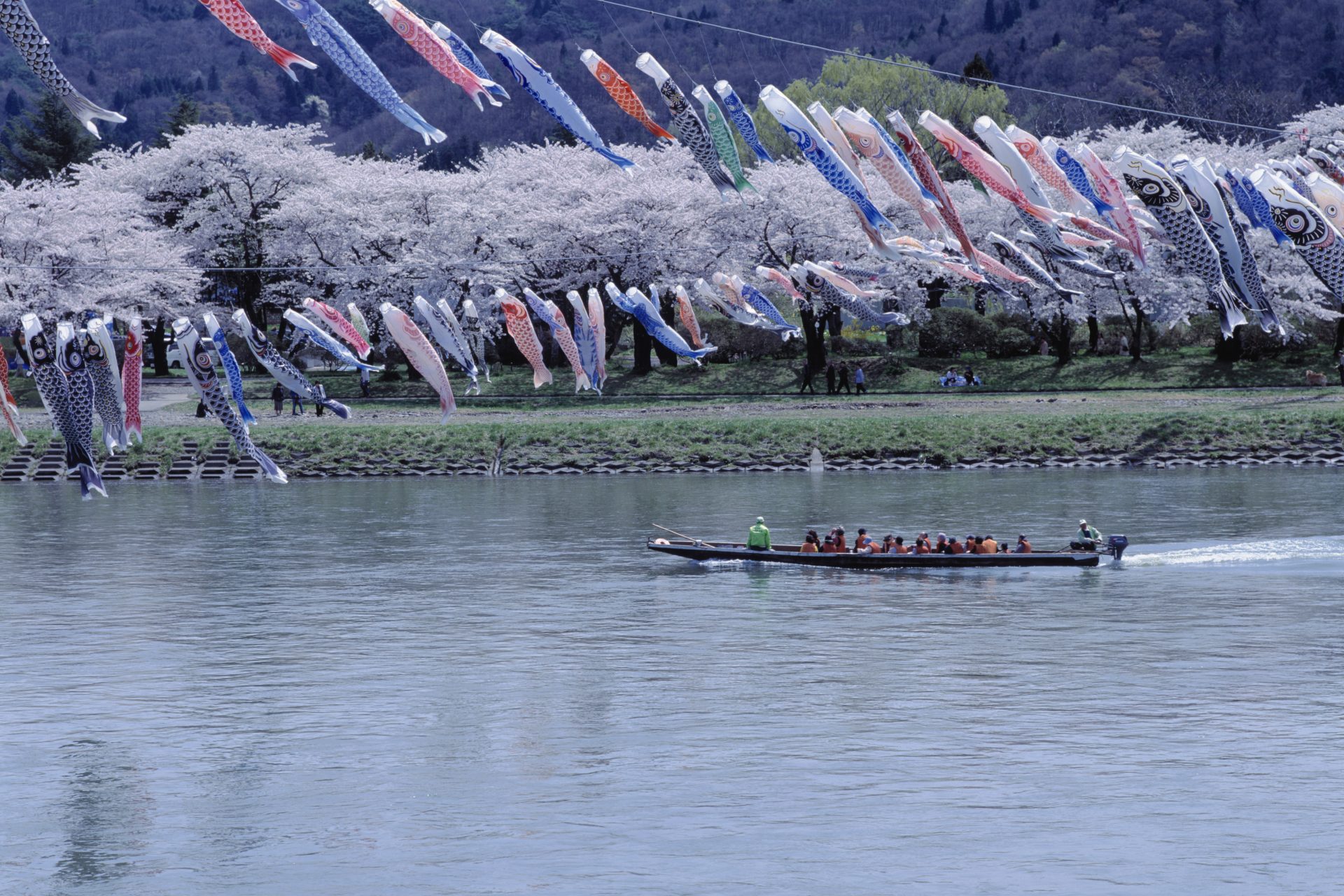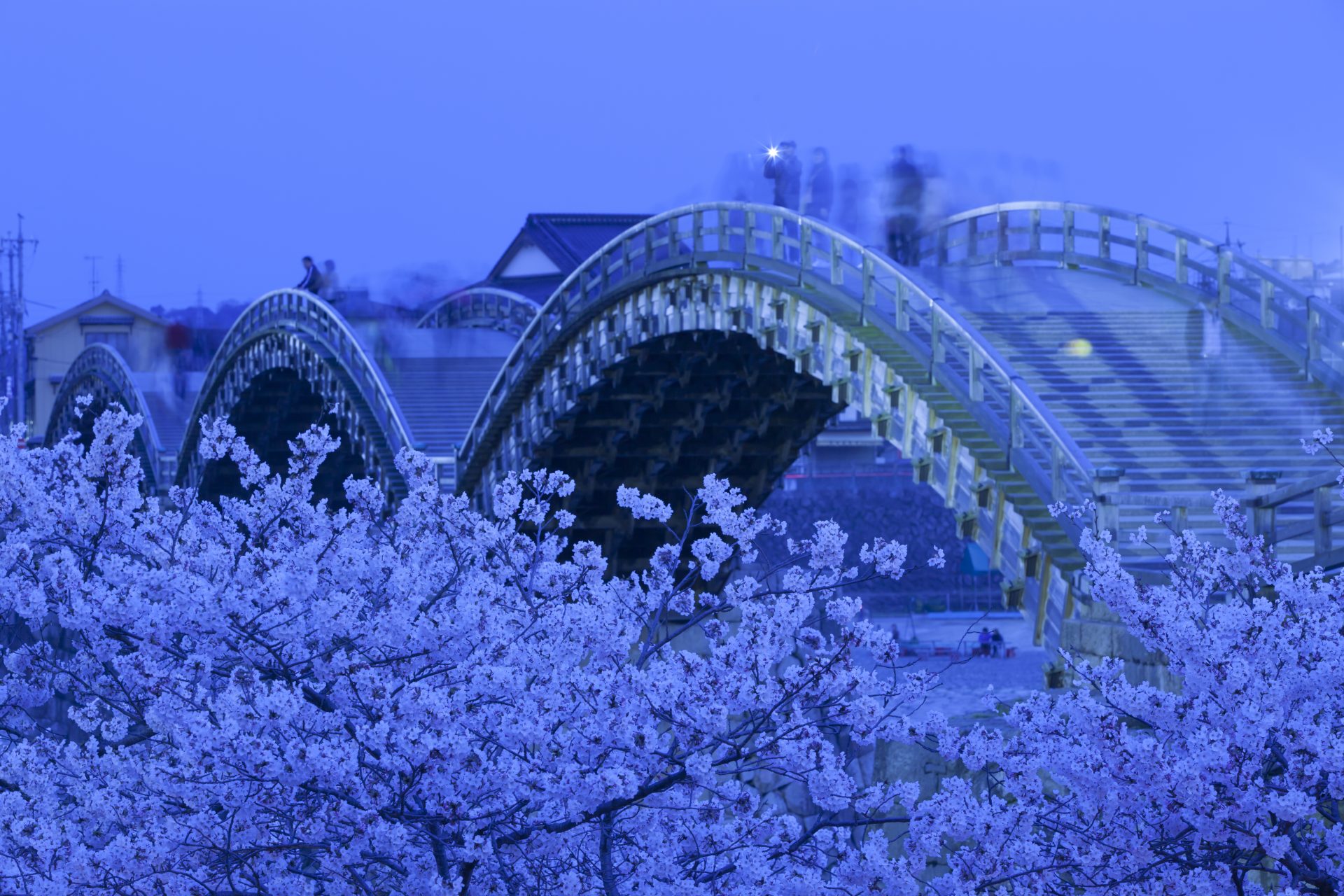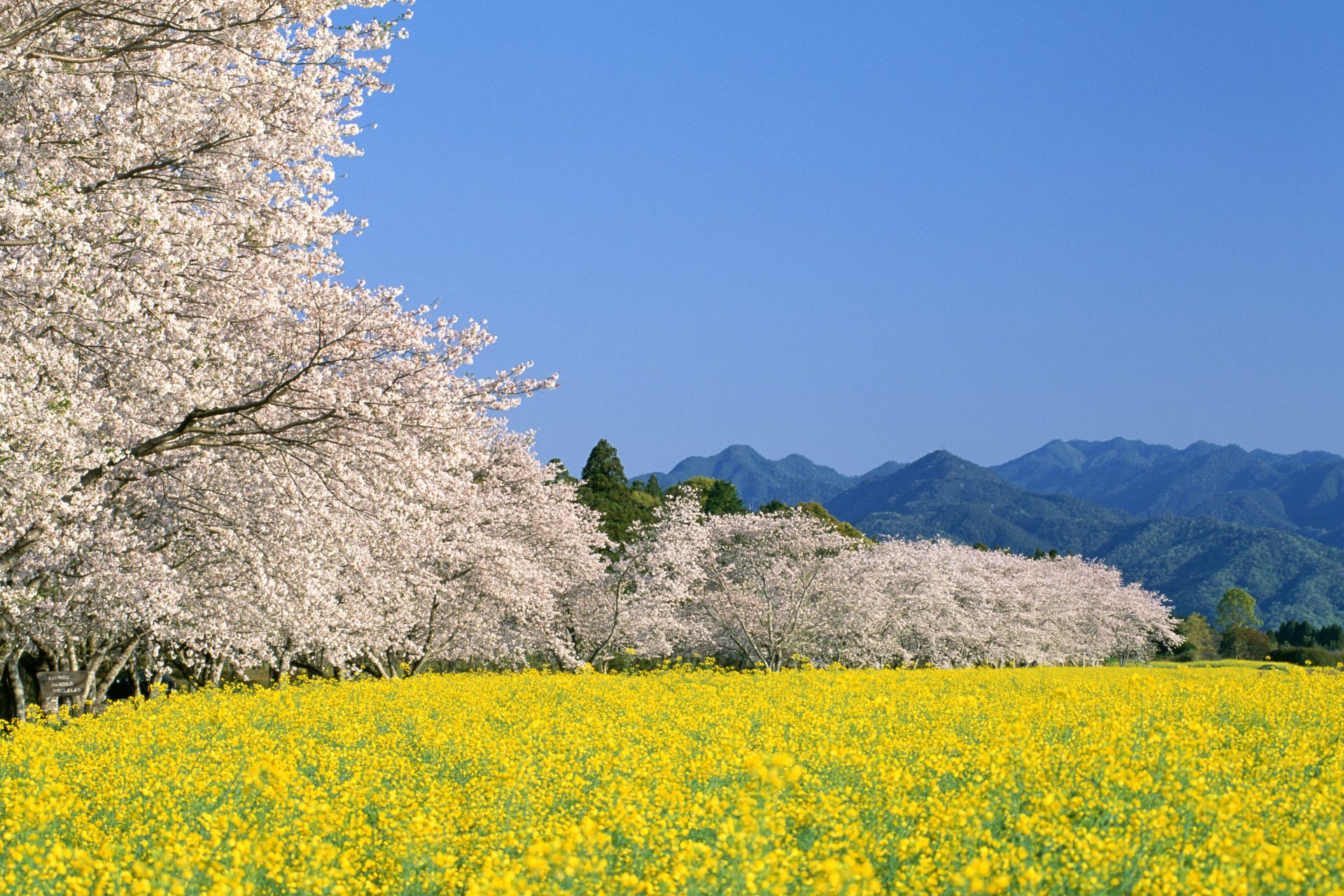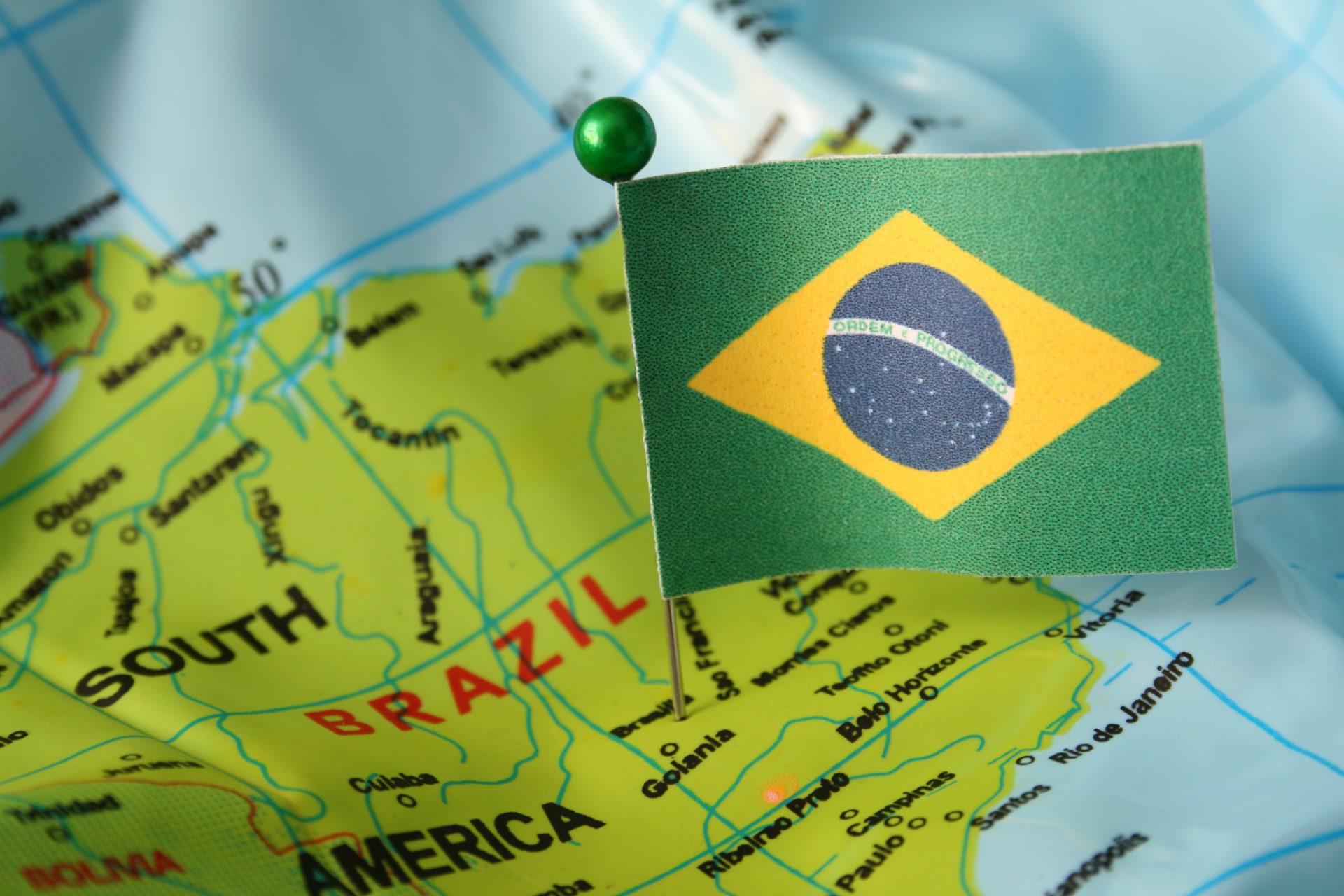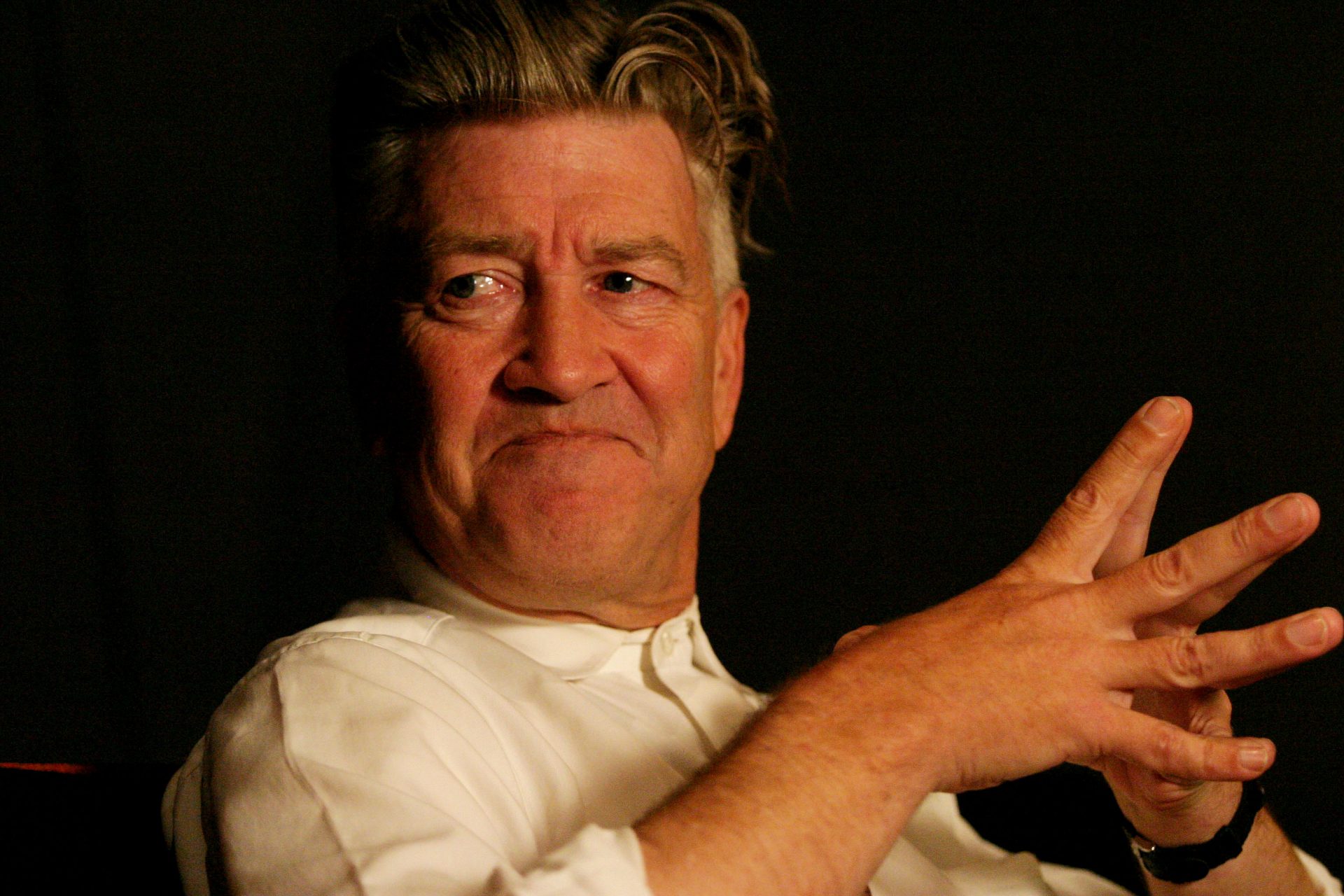Where to see the most beautiful cherry blossoms in Japan
Cherry blossom season has arrived, and the 2024 forecast suggests that blooming will occur a bit earlier than usual nationwide. Tokyo's cherry blossoms are predicted to bloom on March 19. As we gear up for cherry blossom season, let's explore some of Japan's most famous cherry blossom spots, starting with the "Three Great Cherry Trees of Japan," designated as natural monuments by the country.
The Yamataka Jindai Sakura is one of the largest and oldest cherry trees in Japan. This Edo Higan cherry tree is estimated to be 2,000 years old and stands at about 34 (10.4m) feet tall, and has a trunk circumference of about 38.7 feet (11m). Legend has it that it was planted by the mythical figure Yamato Takeru.
The Neodani Usuzumi Sakura, estimated to be 1,500 years old, is a wild species of the Edo Higan cherry tree. It stands at about 53.5 feet (16m) tall with a trunk circumference of about 32.8 feet (10m). Named after its pale ink (usuzumi) color, the buds start as a faint pink, turn white when fully bloomed, and fade to a light ink color. It's a unique cherry tree known for its changing flower colors as it blooms.
Want to stay up to date with the best entertainment and cultural news? Follow us here!
The Miharu Takizakura is a giant Benishidarezakura (weeping cherry tree) in Miharu town, over 1,000 years old. It stands about 44.3 feet (13m) tall with a trunk circumference of 37.1 feet (11m). Its name "Takizakura" means waterfall cherry tree, because its branches fall like cascading water.
Next, let's dive into the "Three Great Cherry Blossom Spots of Japan." They include Hirosaki Park, Takato Castle Park, and Mount Yoshino. The origin of this ranking is unclear, but these locations have been long revered as the top three cherry blossom spots in Japan.
Photo:Pixabay-Kohei Tanaka
In the remains of Hirosaki Castle, 2,600 cherry trees of 52 varieties have been planted. They are popular for their voluminous flowers blooming at low heights, a technique borrowed from provisional apple cultivation methods. Hirosaki was famous for having Japan's oldest Somei-Yoshino cherry tree, but recent studies have bestowed that title to a tree in Fukushima's Kaiseizan Park, dating back to 1878. Still, the park boasts over 400 Somei-Yoshino trees over 100 years old.
Known for the unique cherry blossom variety "Takato-kohiganzakura," Takato Castle Site Park is called "the best cherry blossom site under heaven." This variety, a natural hybrid between Edo Higan and Mamezakura cherry trees, features smaller, more intensely pink flowers than the Somei-Yoshino. About 1,500 of these special trees can be found in this park.
Over 1,000 years ago, sacred cherry trees were planted as divine offerings, and many have continued the tradition over the years. Now, 30,000 cherry trees, including the native Shiroyamazakura mountain cherries, cover the mountain, creating not only a breathtaking view but also a testament to faith.
The special relationship between the Japanese and cherry blossoms is said to date back to the Yayoi period. Cherries were worshipped as sacred trees housing the spirit of the rice deity, and the blooming of cherry blossoms signaled the start of rice planting. Japan's deep connection to these flowers is evident in the numerous famous cherry blossom spots scattered across the country.
Photo:Pixabay-Hans
As Hokkaido's leading cherry blossom site, the park reaches full bloom in early May. Visitors can view the star-shaped fort remains and 1,600 cherry trees from Goryokaku Tower. It's a local tradition to enjoy lamb barbecue and b e e r under the cherry blossoms here.
Fushimi once thrived as a hub of water transport between Kyoto and Osaka, frequently visited by boats carrying travelers, sake, and rice. Today, visitors can enjoy the cherry tree-lined canals by cruising on a traditional flat-bottomed boat. Nearby is the Teradaya Inn, where the famous samurai Sakamoto Ryoma often stayed and where he survived an assassination attempt.
Arakurayama Sengen Park, immensely popular among international visitors, allows you to capture the iconic trio in one photo: cherry blossoms, Mount Fuji, and a five-storied pagoda. The park is home to 650 Somei-Yoshino cherry trees, and a cherry blossom festival is held in sync with their blooming.
An 8 km (5 mile) long row of cherry trees stretches along the banks of the Shiraishi River in Ogawara town. Known for its alignment of 1,200 predominantly Somei-Yoshino cherry trees, this site became even more famous after being selected as one of the Top 100 Cherry Blossom Spots in Japan.
The cherry tree-lined paths along the Kitakami River are renowned, and from early April to Golden Week, the Kitakami Tenshochi Cherry Blossom Festival is held. Hundreds of carp streamers line the Kitakami River, creating a quintessential Japanese view when paired with the cherry blossoms.
Located in Iwakuni City, Kintai Bridge, one of the Three Famous Bridges of Japan, is a series of five wooden arch bridges. It has been selected as one of the top 100 cherry blossom spots alongside the adjacent Kikko Park.
And last, but not least, are the Saitobaru Burial Mounds. With over 300 ancient burial mounds, they are famous for the stunning combination of cherry trees and rapeseed flowers. Approximately 2,000 cherry trees and 300,000 rapeseed plants bloom over an area of about 20 acres, creating a breathtaking scene.
Want to stay up to date with the best entertainment and cultural news? Follow us here!

